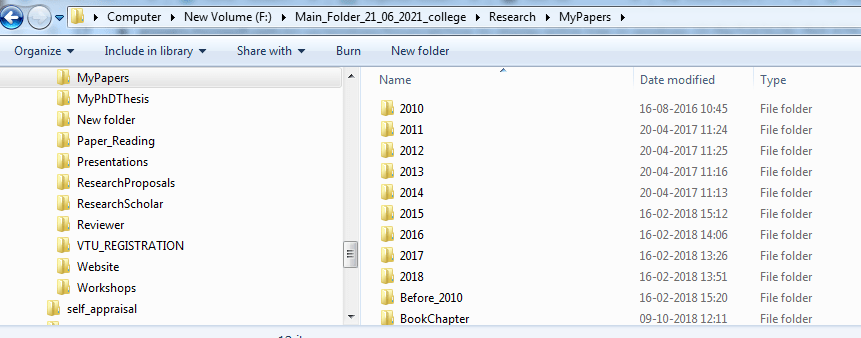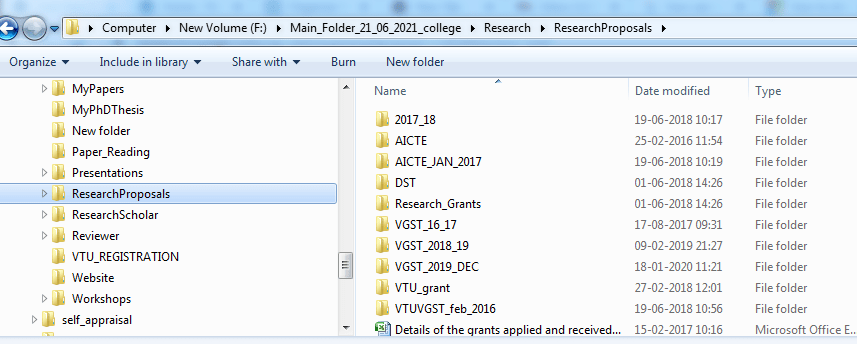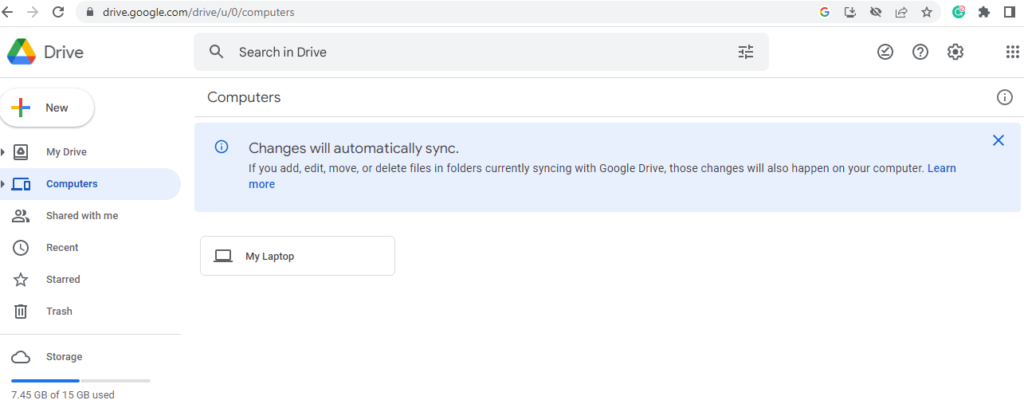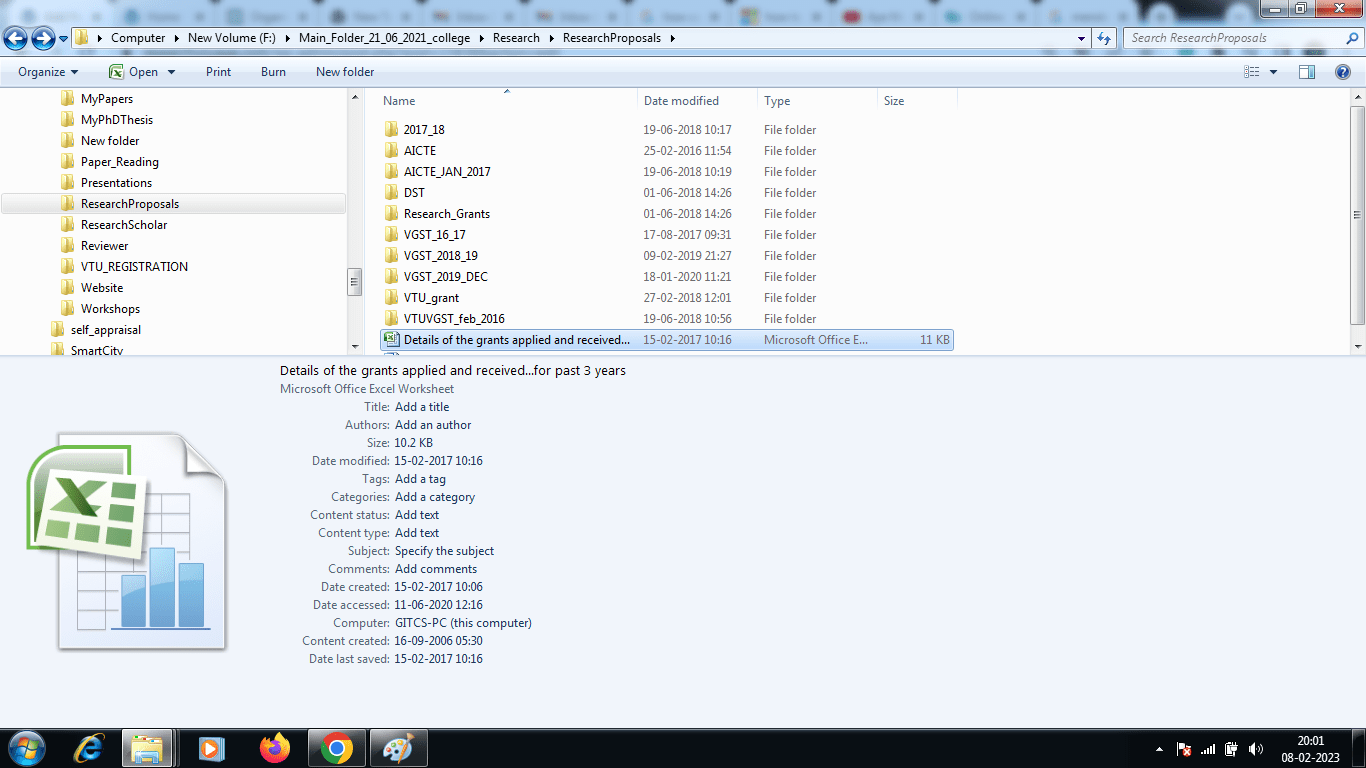Introduction
In today’s fast-paced environment, research and knowledge are constantly produced at an exponential rate. When there is so much information to keep track of, the organization may be a challenge. A system for efficiently managing, storing, and retrieving academics’ and researchers’ papers and research materials is essential. By doing this, you not only save time but also ensure that you never lose track of important information and discoveries.
This article will discuss how to organize your research papers on a computer, providing you with step-by-step instructions and suggestions to keep everything organized and easy to discover.
This article’s information and suggestions will give you the methods and tools you need to efficiently manage and arrange your research articles, whether you’re a student, academician or researcher. So let’s get going.
Importance of Organizing Research Articles
The organization of the research articles is a critical phase in the study procedure. A well-organized research library guarantees that you never overlook important findings or miss important information in addition to saving you time and effort. Research articles are the cornerstones of your career and the source of original ideas and discoveries. When your articles are arranged correctly, you can quickly and easily retrieve the information you need, utilize it as a source in your writing, and expand on it in future pieces.
Brief Overview of the Article
In this post, you will learn in detail how to arrange your research articles on your desktop. You will learn how to back up and sync your files, use metadata and tags, use file naming conventions, and organize your files into folders. We’ll also cover how to use reference management software and regularly update your folder structure as well as how to keep your research papers organized. By the time you finish reading this article, you will be familiar with all the techniques and resources needed to effectively organize and manage your research papers.
Steps to Organize Research Articles on Desktop

Create a Folder Structure
- Main Folder for All Research Articles: Start by creating a main folder that will serve as the home for all your research articles. You can name this folder something like “Research Articles” or “My Library.” This will provide a centralized location for all of your research materials, making it easy to find what you need.
- Sub-Folders for Each Topic or Project: Next, create sub-folders within the main folder to categorize your research articles by topic or project. For example, you might have sub-folders for “My Papers” as “2010, 2011 etc ” or “Author1, Author2.” This helps to keep related articles together and makes it easier to find what you’re looking for.
Use File Naming Conventions
- Identical and Detailed File Names: Utilizing a standardized and informative file naming strategy is crucial when archiving your research publications. Use a format like “Author Last Name – Article Title,” for instance. This helps to guarantee that the file names are distinctive and descriptive while also making it simpler to find the items you need quickly.
- Make use of keywords in file names: It’s beneficial to add pertinent keywords to the file names in addition to using descriptive file names. You might include “Machine Learning” in the file name if the article is on machine learning, for instance. This makes it simpler to look up and locate particular articles based on the subjects they cover.

Utilize Metadata and Tags
- Add Relevant Information to the File Properties: Adding relevant information to the file properties, such as the author, date, and publication information, can help you quickly identify and categorize your research articles. This information is often included in the metadata of the file, which can be accessed by right-clicking on the file and selecting “Properties.”
- Use Tags to Categorize and Search for Articles Easily: Using tags to categorize and search for your research articles can also be a helpful tool. For example, you might add tags like “Computer Science,” “Machine Learning,” or “History.” This allows you to quickly find articles based on the topics they cover, even if they are stored in different folders.
Backup and Sync Files
- Importance of Backup: Backing up your research articles is an important step in the process of organizing your files. This ensures that you will not lose your research materials in the event of a technical issue, such as a computer crash or data loss.
- Options for Backup and Syncing (e.g. Cloud Storage): There are several options for backing up and syncing your research articles, including cloud storage services like Google Drive or Dropbox. These services allow you to store your files in the cloud and access them from anywhere, providing an extra layer of protection and ensuring that your research materials are always safe and accessible.

Tips for Keeping Research Articles Organized
Use a Reference Management Software
- Reference management software is a tool that can help you manage and organize your research articles and citations. These programs provide a centralized location for your research materials, making it easy to store, manage, and retrieve your articles and information.
- One popular example of reference management software is Mendeley. Mendeley allows you to store and organize your research articles, add notes and annotations, and create bibliographies in a variety of formats. It also includes a desktop application and a web-based interface, allowing you to access your research materials from anywhere.
You can visit my article on How Mendeley Reference Management Software makes Researcher’s Life Easy?. The article will help you in organizing your research articles in an optimal way.
Regularly Review and Update Folder Structure
- It’s important to regularly review and update your folder structure to ensure that your research articles are properly organized and easily accessible. This will help you identify any areas where your folder structure may be lacking, or where additional sub-folders may be needed.
- A good practice is to review your folder structure at least once a quarter, or as needed. During this review, you can assess your folder structure and make any necessary updates to ensure that your research articles are properly categorized and organized. You may also want to consider regularly reviewing the metadata and tags associated with your files to ensure that they are up-to-date and relevant.
Keep Related Articles Together
- Keeping related articles together helps to ensure that you can quickly and easily find the information you need. This can be accomplished by creating sub-folders for each topic or project and by grouping related articles together within those folders.
- Project-wise: Let’s say you are working on a research project about the impacts of climate change on coastal ecosystems. To organize your papers project-wise, you could create a folder for your climate change project and sub-folders for each aspect of the research, such as “Sea Level Rise,” “Ocean Acidification,” and “Coastal Ecosystems.” Within each sub-folder, you can store your research articles, notes, and any other related materials.
- Methodology-wise: If you are interested in exploring different research methods, you could create a folder for each method, such as “Quantitative Research,” “Qualitative Research,” and “Mixed Methods.” Within each folder, you can store papers that discuss or use that particular method, making it easy to compare and contrast the different approaches.
- Keyword-wise: If you are exploring a specific topic, such as “Artificial Intelligence,” you could create a folder with that keyword and store all of the articles, papers, and other materials related to the topic. This method allows you to quickly find all of the information you have related to a particular topic, making it easier to stay informed and up-to-date with the latest developments in the field.
- Format-wise: If you have a mix of different types of research materials, such as articles, conference papers, and book chapters, you could create folders for each format and store your materials accordingly. For example, you could create folders for “Articles,” “Conference Papers,” and “Book Chapters,” and store your materials in the appropriate folder. This method allows you to quickly find the type of information you need, regardless of the format in which it is stored.
These are just a few examples of the different methods for organizing research papers. The best method for you will depend on your research needs and preferences, and you may find it useful to use a combination of methods, depending on your research needs.
Adding Meta Description
Adding meta descriptions to your folders can help you quickly understand what each folder contains and why it is important. Here’s how to add a meta description to a folder:
- Create a text file or Excel file: In the same folder, you want to add a description, create a new text file or Excel file. You can name this file “Description” or “Meta Description.”
- Write a brief summary: In the text/Excel file, write a brief summary of the contents of the folder and its purpose. For example, if you have a folder for “Articles” you might write “This folder contains all of my research articles on the topic of X.”
- Save the file: Save the text/Excel file with the description in the same folder that you want to describe.

Note: The process for adding a meta description will vary depending on the operating system and file management software you are using. However, the general principle of creating a text/Excel file with a brief summary remains the same.
By adding meta descriptions to your folders, you can quickly understand the contents of each folder and why it is important. This can save you time and help you stay organized as you work on your research.
Conclusion
To remain effective and productive as a researcher, it’s crucial to organize research articles on your desktop computer. You may quickly discover the information you need by using one of the various organizing techniques covered in this article, whether your search is project-, methodology-, keyword-, or format-based. Additionally, by including meta descriptions in your folders, you can save time and stay organized by understanding quickly what each folder includes and why it’s important. Organizing your research articles is crucial for staying on top of your work and making the most of your research efforts, whether you are a student, academic, or professional.
By taking the time to organize your research articles, you can streamline your workflow, stay informed about the latest developments in your field, and ultimately, make the most of your research efforts.


